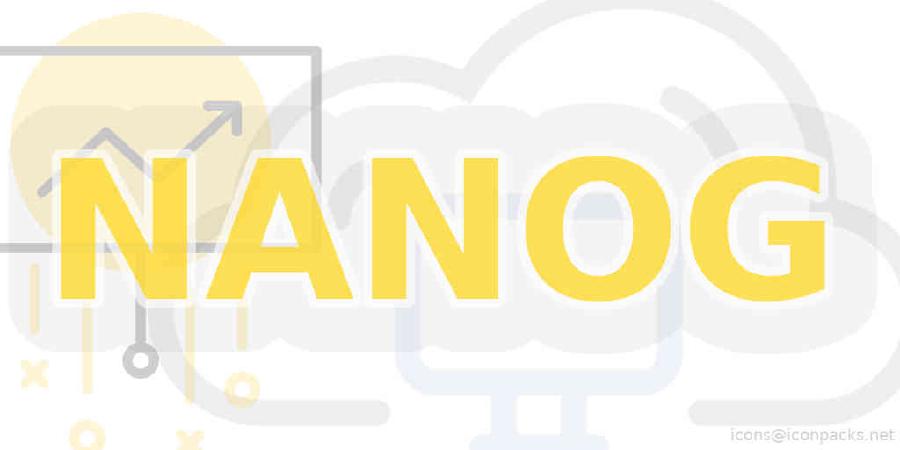Extending Salt's capabilities for event-driven network automation and orchestration

Salt is currently one of the largely used frameworks in automating network operations. Even though it has been firstly released over 8 years ago, the network commu …
| Talk Title | Extending Salt's capabilities for event-driven network automation and orchestration |
| Speakers | Mircea Ulinic, DigitalOcean |
| Conference | NANOG76 |
| Conf Tag | |
| Location | Washington DC |
| Date | Jun 10 2019 - Jun 12 2019 |
| URL | Talk Page |
| Slides | Talk Slides |
| Video | Talk Video |
Salt is currently one of the largely used frameworks in automating network operations. Even though it has been firstly released over 8 years ago, the network community started to adopt Salt only after 2016 when the initial official support for automating network gear has been added into the official releases. NAPALM has been one of the first libraries fully integrated into the framework, and others followed later, now being able to automate a variety of platforms, including Juniper, Arista, Cisco IOS / IOS-XR / NX-OS, Palo Alto, Cumulus, as well as many other NAPALM plugins available through the parent library - see https://github.com/napalm-automation-community/. Salt has been designed from the beginning as an event-driven pipeline, easily customizable and extensible in the user’s environment. Thanks to Salt’s maturity and the features added in the latest releases, it is now easier than ever to write yourself features for network automation by simply executing direct API calls, in just a few lines of Python code. In this tutorial we well explore the available features in the latest Salt release 2019.2.0, and, step-by-step, we’ll implement together various features for network operations, from the simplest examples to more complex ones. To follow my steps together with me, you’ll only need to have access to a machine where you can run Docker (see https://docs.docker.com/install/ to prepare in advance).

